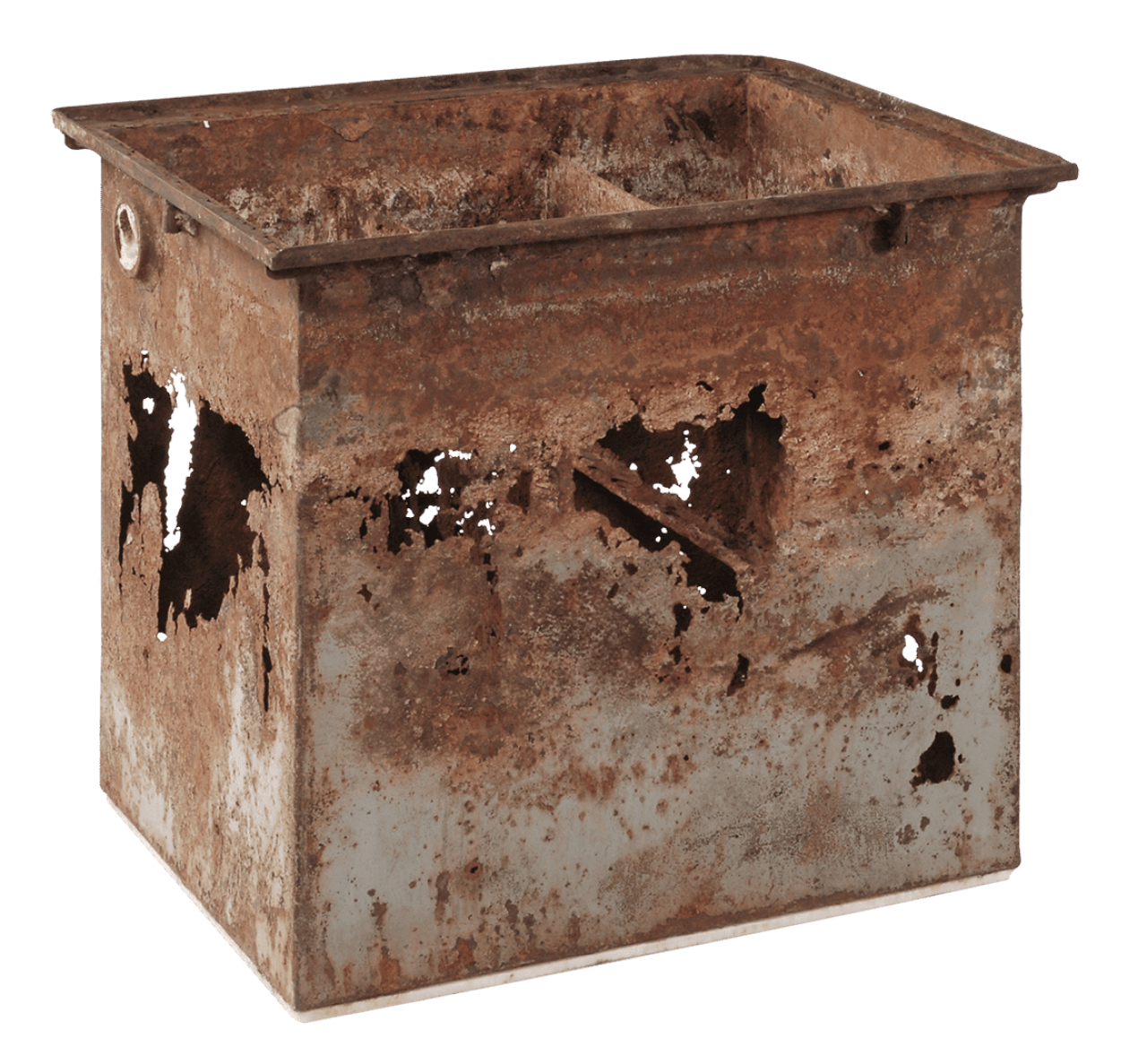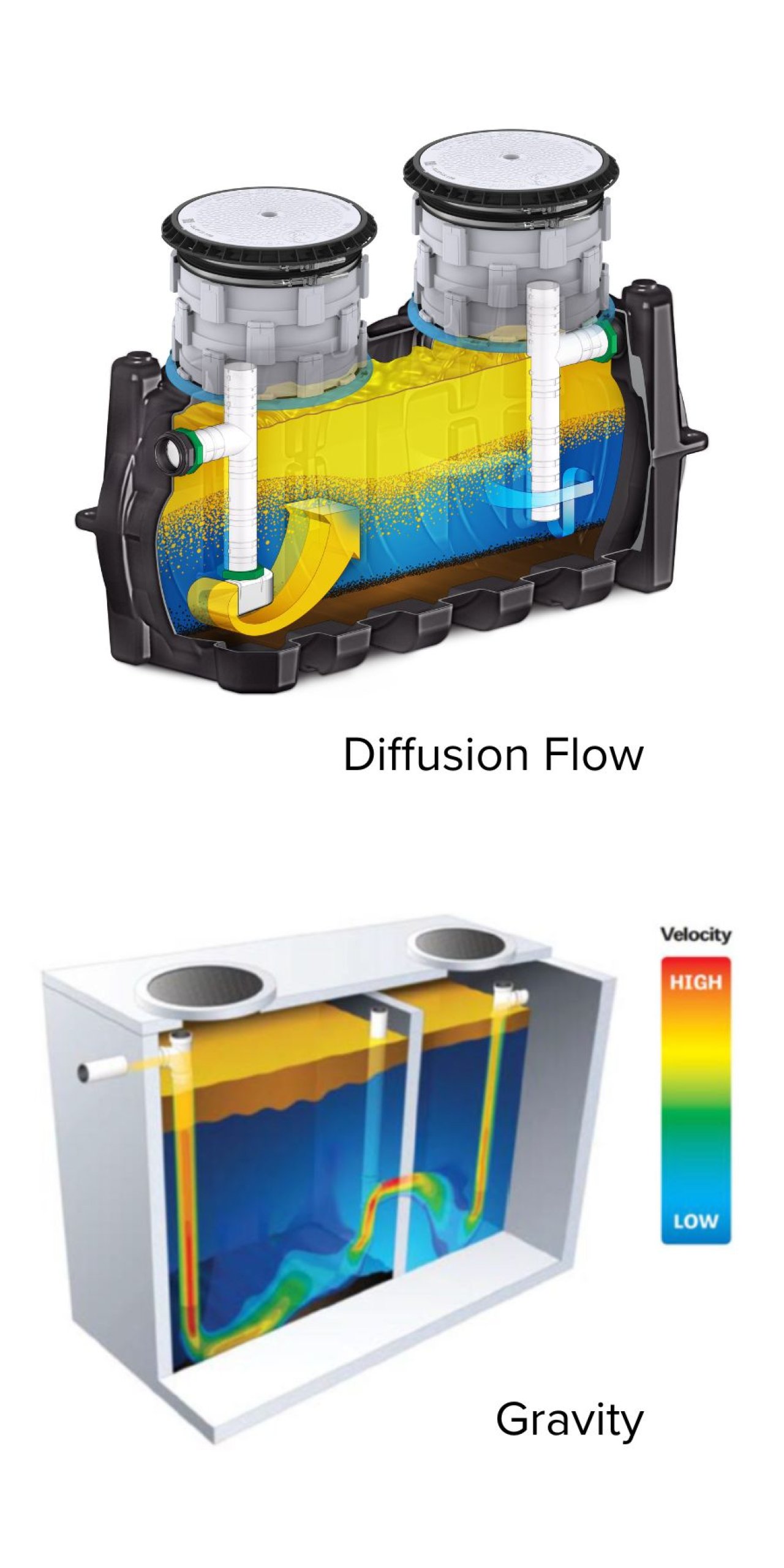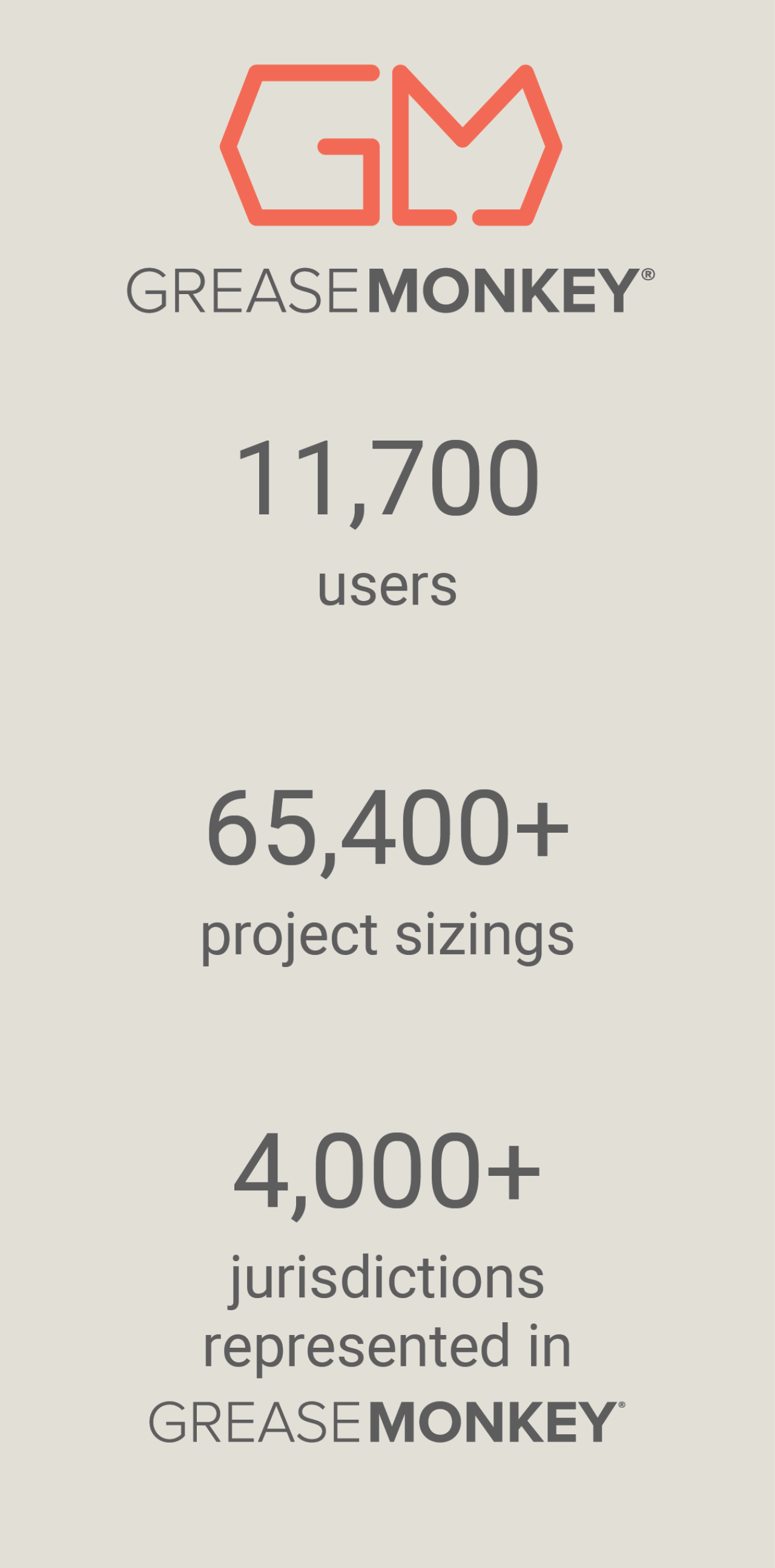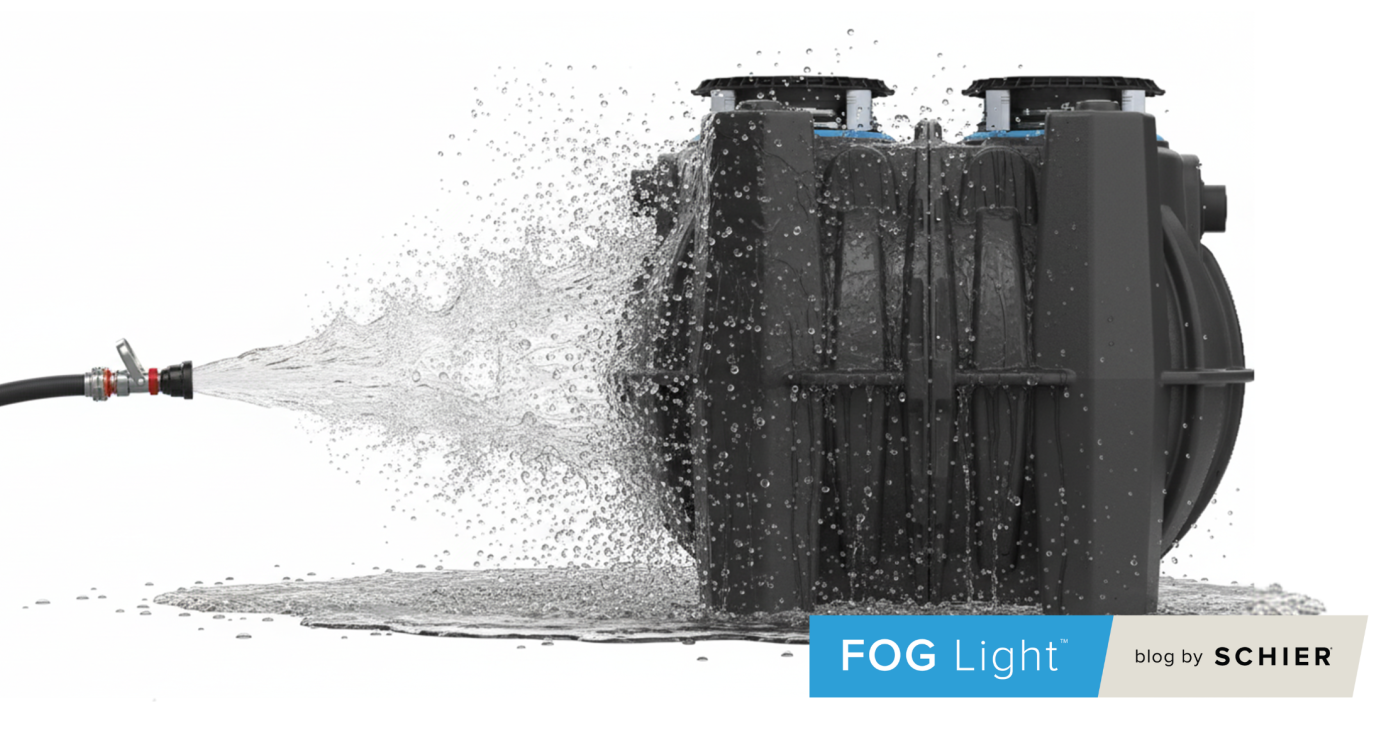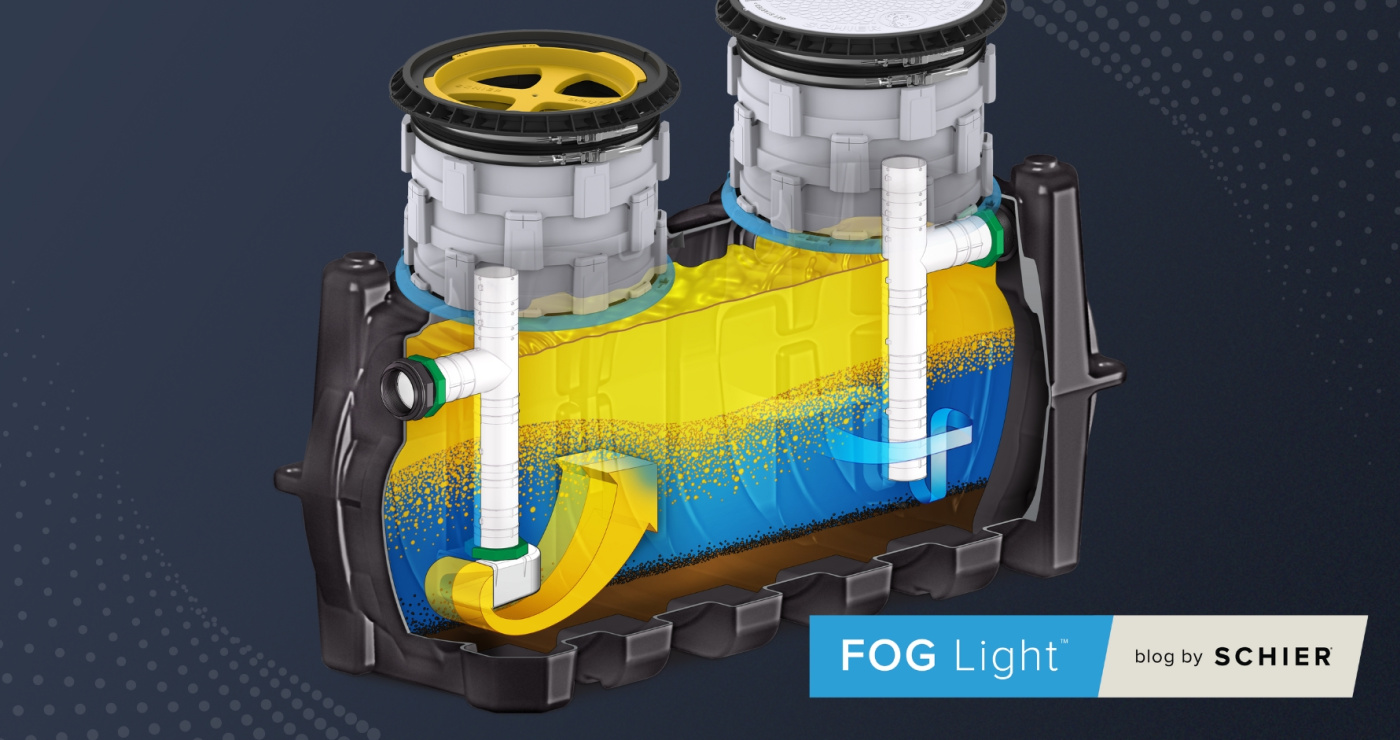Many jurisdictions are still working from code language written 40 years ago. Much has changed in how we understand materials, flow patterns, sizing and more.
As your partner in the pretreatment community, Schier is committed to providing code officials with best-in-class grease interceptor products along with updated research, education and resources to help in developing or amending FOG (fats, oils and grease) discharge management programs. FOG Light™ by Schier is your go-to resource in the treatment of kitchen wastewater - serving as a beacon to guide you in code and program decisions, with a focus on right sizing and corrosion-resistant products.
Our goal is to help wastewater authorities prevent, reduce, or eliminate the costs and impacts of FOG discharges on sewer collection systems.
